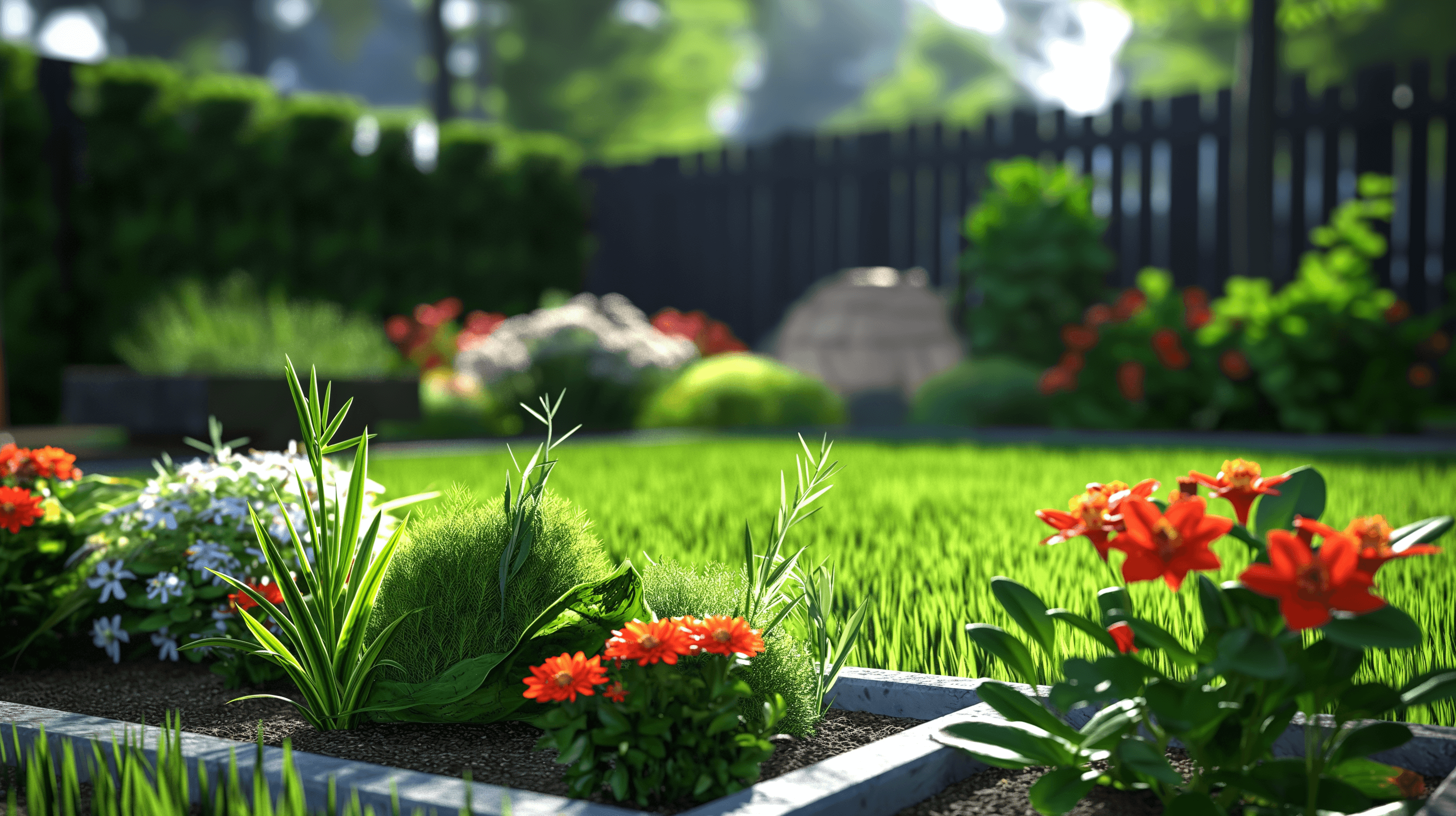Home Features
Breathing Easy: Improving Indoor Air Quality with Air Purifiers
Enhancing indoor air quality is a vital aspect of creating a healthy and comfortable living environment. Installing air purifiers and incorporating air-cleaning plants are effective strategies to reduce pollutants and promote well-being indoors. Here's a comprehensive guide to help you navigate the process of improving indoor air quality through property enhancements.
1. Assess Indoor Air Quality:
Identify Pollutants: Understand the specific pollutants affecting indoor air quality. Common pollutants include dust, allergens, pet dander, volatile organic compounds (VOCs), and airborne particles.
2. Choose the Right Air Purifier:
Consider Filtration Types: Select an air purifier with appropriate filtration for your needs. Common types include HEPA filters for particles, activated carbon filters for odors and VOCs, and UV-C light for microbial control.
Room Size Consideration: Ensure that the chosen air purifier is suitable for the size of the room. Different models are designed to handle varying square footage.
3. Install Air Purifiers Strategically:
High-Traffic Areas: Place air purifiers in high-traffic areas, such as living rooms and bedrooms, to maximize their impact. Consider portable units for flexibility in positioning.
4. Regular Maintenance of Air Purifiers:
Filter Replacement: Follow the manufacturer's recommendations for filter replacement. Regular maintenance ensures the continued efficiency of the air purifier.
5. Incorporate Air-Cleaning Plants:
Natural Filtration: Certain plants are known for their air-purifying qualities. Consider adding plants like snake plants, spider plants, peace lilies, or pothos to naturally filter and improve indoor air quality.
6. Choose Plants Wisely:
Adapt to Indoor Conditions: Select plants that thrive in indoor environments, considering factors like light availability and humidity levels. Low-maintenance plants are ideal for indoor spaces.
7. Position Plants Strategically:
Distribute Plants Effectively: Position air-cleaning plants throughout different rooms. Cluster plants in areas with higher pollutant concentrations or where you spend more time.
8. Regular Watering and Care for Plants:
Maintain Plant Health: Ensure proper care for air-cleaning plants, including regular watering, appropriate sunlight exposure, and monitoring for signs of pests or diseases.
9. Maximize Natural Ventilation:
Open Windows and Doors: Promote natural ventilation by regularly opening windows and doors. This helps in reducing indoor air stagnation and refreshing the air.
10. Control Humidity Levels:
Use Dehumidifiers: Maintain optimal humidity levels to discourage mold growth and dust mites. Dehumidifiers can be effective in controlling excess moisture.
11. Limit Indoor Pollutant Sources:
Reduce VOCs: Minimize the use of products emitting volatile organic compounds (VOCs), such as certain paints, cleaning supplies, and air fresheners.
12. Regular Cleaning Practices:
Dust and Vacuum: Implement regular dusting and vacuuming to reduce airborne particles. Use vacuum cleaners equipped with HEPA filters for efficient particle removal.
13. Consider Whole-House Air Purification Systems:
HVAC Integration: Explore whole-house air purification systems that integrate with your HVAC (heating, ventilation, and air conditioning) system. These systems provide comprehensive air purification throughout the entire home.
14. Educate Household Members:
Promote Healthy Habits: Educate household members about practices that contribute to good indoor air quality, such as proper ventilation, avoiding smoking indoors, and using air purifiers as needed.
15. Regular Monitoring of Indoor Air Quality:
Use Indoor Air Quality Monitors: Employ indoor air quality monitors to regularly assess pollutant levels. These monitors provide real-time data and help you adjust your strategies as needed.
By combining the efficiency of air purifiers with the natural air-cleaning properties of plants, you can create a healthier indoor environment. These property enhancements not only contribute to improved indoor air quality but also enhance the overall well-being of occupants. Investing in measures to breathe cleaner air pays dividends in promoting a comfortable and health-conscious living space.




